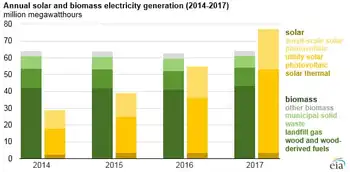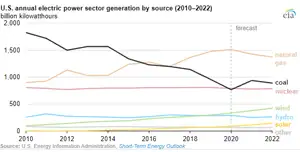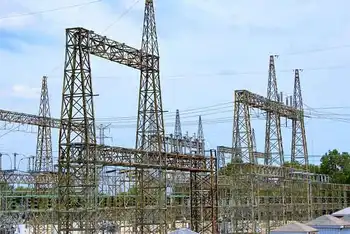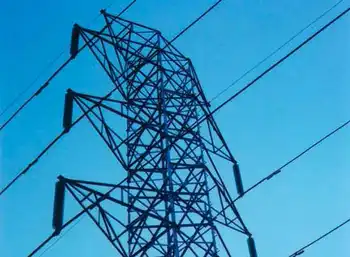AECL President sees nuclear as a major power sector
Speaking to the Ontario Energy Network in Toronto, Mr. MacDiarmid described the tremendous growth in demand for nuclear power around the world and Canada's newest Generation III+ CANDU reactor that's designed to capture part of this rapid market growth.
"Canada's nuclear industry is poised to become the catalyst for the creation of thousands of new jobs, and the generation of billions of dollars in revenue," said Mr. MacDiarmid. "With more than 230 nuclear reactors on the planning books around the world representing more than $1 trillion of investment, winning just a fraction of the world nuclear new build market represents enormous opportunity for AECL, its suppliers and all Canadians."
According to MacDiarmid, Canada's manufacturing and construction industries have a tremendous opportunity to benefit from the global nuclear revitalization: "Canada's CANDU nuclear industry is creating much needed work for our manufacturing sector," added MacDiarmid, "and the millions of dollars in work we have committed to suppliers to date is just the tip of the iceberg as it will increase dramatically with global CANDU reactor sales."
Mr. MacDiarmid also provided an update on the status of the new ACR-1000 reactor, the newest in Canada's CANDU fleet. "AECL is ready with the right technology and within our design engineering, R & D, licensing and construction planning, the ACR is right where it should be - on track to meet the market window."
Related News

Hydro One crews restore power to more than 277,000 customers following damaging storms in Ontario
TORONTO - Hydro One crews have restored power to more than 277,000 customers following back-to-back storms, including a damaging windstorm on that caused 57 broken poles, 27 broken crossarms, as well as downed power lines and fallen trees on lines. Hydro One crews restored power to more than 140,000 customers within 24 hours of Friday's windstorm.
'We understand power outages bring life to a halt, which is why we are continuously improving our storm response while making smart investments in a resilient, reliable and sustainable electricity system to energize life for families, businesses and communities for years to come,' said David Lebeter, Chief Operating Officer, Hydro One.…




